To ensure that the heating system does not fail at the most stressful moment, the heating season passed without problems, it is necessary to periodically check the condition of the equipment, to identify all worn parts. Such a check is called “pressure test of the heating system”, it is carried out according to certain rules.
Съдържание на статията
What is the pressure test of the heating and water supply system
Heating and water supply are two systems consisting of a large number of very diverse equipment. As you know, the performance of any multi-component system is determined by the weakest element – if it fails, it stops completely or partially. To identify all the weak points and is carried out pressure testing of heating and water supply. In simple terms, specifically raises the pressure much higher than the working pressure, pumping the liquid. Do it with the help of special equipment, control the pressure with a pressure gauge. The second name of pressure testing is hydraulic testing. Probably, it is clear why.
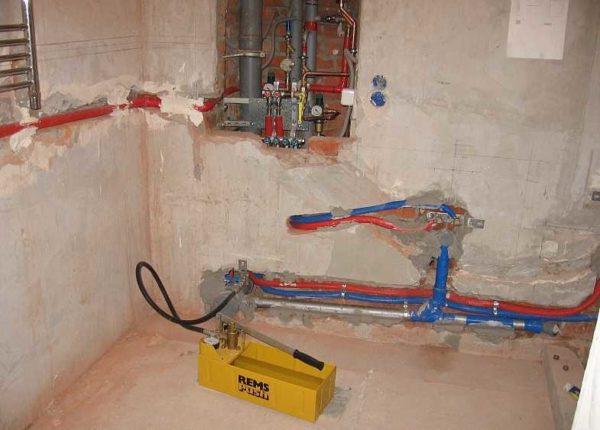
When the pressure test of the heating system is carried out, the pressure is raised by 25-80%, depending on the type of pipes, radiators, other equipment. It is clear that such a test reveals all the weak points – everything that does not have a safety margin, breaks, in worn pipes and unreliable connections appear leaks. Having eliminated all the identified faults, we ensure the operability of your heating or water supply for some time.
If it is a centralized heating system, the pressure test is usually carried out immediately after the end of the season. In this case, there is a decent period of time for repairs. But this is not the only case when such measures are carried out. Pressure testing still takes place after repair, replacement of any element. In principle, it is understandable – it is necessary to check how reliable the new equipment and connections are. For example, you soldered from polypropylene pipes heating. It is necessary to check how qualitative the connections turned out to be. This can be done with the help of pressure testing.
If we talk about autonomous systems in private houses or apartments, then a new or repaired water supply is usually checked simply by starting the water, although even here a strength test will not hurt. But heating is desirable to test “to the full”, and before commissioning and after repair. Keep in mind that those pipelines that are hidden in the walls, in the floor or under the suspended ceiling should be tested before they are closed. Otherwise, if the testing reveals that there are leaks, you’ll have to take everything apart/break it down and fix the problems. Not many people are going to be happy about that.
Equipment and frequency of testing
Pressure testing of centralized systems is carried out by personnel using standard means, so it is hardly worth talking about it. But not everyone knows about what is used to test private heating and water supply. These are special pumps. There are two types – manual and electric (automatic). Manual pressure pumps are autonomous, the pressure is pumped with the help of a lever, control the created pressure by the built-in manometer. Such pumps can be used for small systems – it is quite difficult to pump.
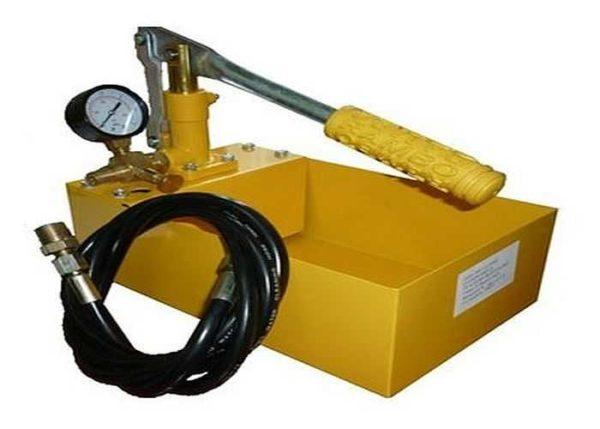
Electric pumps for pressure testing – more complex and expensive equipment. They usually include the ability to create a certain pressure. It is set by the operator, and “caught up” it automatically. Such equipment is bought by companies engaged in pressure testing professionally.
According to SNiP hydraulic testing of heating systems should be carried out annually, before the heating season. This applies to private homes, too, but this norm few people fulfill. They check at best once every 5-7 years. If you are not going to test your heating every year, then there is no point in buying a pressurizer. The cheapest manual costs about 150$, and a good – from 250$. In principle, you can rent it (there are usually in firms selling components for heating systems or in offices for rent stoyinventarya). The amount will be small – you need the device for a few hours. So this is not a bad way out.
Call specialists or do it with your own hands
If you for some purposes require the act of pressure testing of the heating system or hot water supply, you have only one way out – to order this service in a specialized organization. The cost of pressure testing of heating you can sound only individually. It depends on the volume of the system, its structure, the presence of stopcocks and their condition. In general, consider the cost based on the tariff for 1 hour of work, and it ranges from 1000 rubles / hour to 2500 rubles / hour. You will have to call different organizations and ask them.
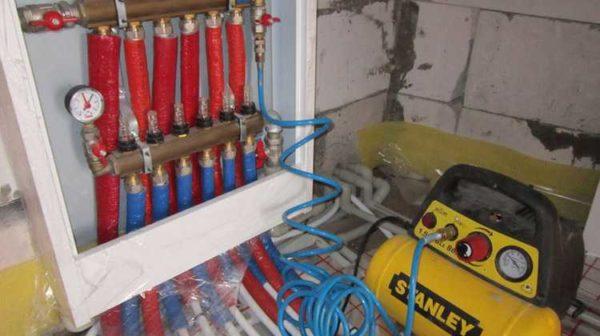
If you have modernized the heating or hot water supply of your own home, and you know for sure that the pipes and equipment you have in normal condition, there are no salts and deposits in them, you can carry out pressure testing yourself. No one will demand from you acts of hydraulic testing. Even if you see that your pipes and radiators are clogged, you can wash everything yourself and then test them again. If you just do not want to do it, you can call specialists. They will clean the system at once and conduct its pressure test, and also give you the act.
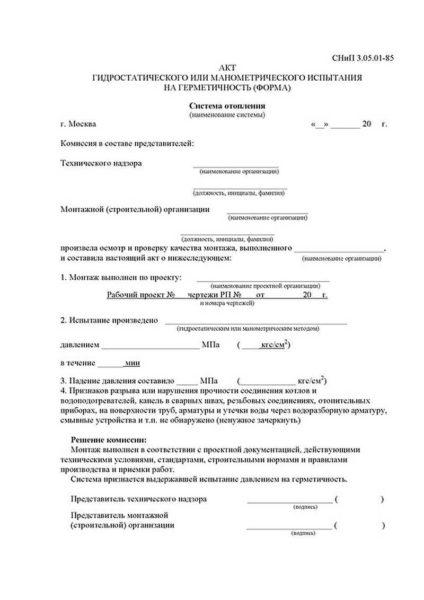
The process of pressure testing
Pressure testing of heating systems of a private house begins with disconnection of the heating boiler, automatic air vents and expansion tank from the system. If this equipment is led by stopcocks, you can close them, but if the valves are faulty, the expansion tank will definitely fail, and the boiler – depending on the pressure that you put on it. Therefore, it is better to remove the expansion tank, especially since it is not difficult to do so, but in the case of the boiler will have to rely on the correctness of the taps. If the radiators have thermostats, it is also desirable to remove them – they are not designed for high pressure.
Sometimes not the whole heating is tested, but only some part. If it is possible, it is cut off by means of stop valves or temporary jumpers – bends are installed.
There are two important points: pressure testing can be carried out at air temperature not lower than +5°C, the system is filled with water with temperature not higher than +45°C.
Then the process is as follows:
As already mentioned, the pressure test pressure depends on the type of equipment and system being tested (heating or hot water supply). Recommendations of the Ministry of Energy stated in the “Rules of technical operation of thermal power installations” (p. 9.2.13) are summarized in the table for ease of use.
| Type of tested equipment | Test pressure | Test duration | Permitted pressure drop |
|---|---|---|---|
| Elevator units, water heaters | 1 MPa (10 kgf/cm2) | 5 minutes | 0,02 MPa (0,2 kgf/cm2) |
| Systems with cast iron radiators | 0,6 MPa (6 kgf/cm2) | 5 minutes | 0.02 MPa (0.2 kgf/cm2) |
| Systems with panel and convector radiators | 1 MPa (10 kgf/cm2) | 15 minutes | 0.01 MPa (0.1 kgf/cm2) |
| Hot water supply systems with metal pipes | working pressure+ 0.5 MPa (5 kgf/cm2), but not more than 1 MPa (10 kgf/cm2) | 10 minutes | 0.05 MPa (0.5 kgf/cm2) |
| Hot water supply systems from plastic pipes | working pressure+ 0,5 MPa (5 kgf/cm2) but not more than 1 MPa (10 kgf/cm2) | 30 minutes | 0.06 MPa (0.6 kgf/cm2), with further testing for 2 hours and a maximum drop of 0.02 MPa (0.2 kgf/cm2) |
Please note that for testing heating and plumbing made of plastic pipes, the test pressure holding time is 30 minutes. If no deviations are detected during this time, the system is considered to have successfully passed the pressure test. But the test continues for another 2 hours. And during this time the pressure drop in the system should not exceed the norm – 0.02 MPa (0.2 kgf/cm2).

On the other hand, in SNIP 3.05.01-85 (p 4.6) there are other recommendations:
- Testing of heating and water supply systems to carry out pressure at 1.5 of the working pressure, but not below 0.2 MPa (2 kgf/cm2) .
- The system is considered serviceable if after 5 minutes the pressure drop does not exceed 0.02 MPa (0.2 kgf/cm).
Which norms to use is an interesting question. Both documents are still in force and there is no certainty, so both are valid. It is necessary to approach each case individually, taking into account the maximum pressure for which its elements are designed. So the working pressure of cast iron radiators is not more than 6 Atm, respectively, the test pressure will be 9-10 Atm. All other components should be determined in the same way.
Air pressure test
It is not always possible to rent a pressure tester, nor is it always possible to buy one. For example, it is necessary to test the heating in a country house. The equipment is specific and there is very little chance that your friends have it. In this case, the heating system is pressurized with air. For its injection can be used any compressor, even a car compressor. The pressure is monitored by a connected manometer.
Such pressure test is less convenient and not quite correct. Heating and plumbing are designed to transport liquids, and they are much denser than air. Where water won’t even trickle out, air will. Therefore, with a high degree of certainty we can say that you will have an air leak – somewhere yes will be found a loose connection. Moreover, it is difficult to determine the place of leakage in such testing. For this purpose, soap solution is used, which is used to lubricate all joints and connections, all places where air can escape. Bubbles appear in the place of leakage. Sometimes you have to search for a long time. That is why such a pressure test of the heating system is not very popular.
Opressovka warm floor has its own peculiarities – you must first check the comb and all the devices attached to it. To do this, close all the valves supply and return loops, filling only the collector of the warm floor, check it by raising the pressure. Having reset it to normal, fill the floor heating loops in turn, and only then the overpressure is created. The process is described in more detail in the video.

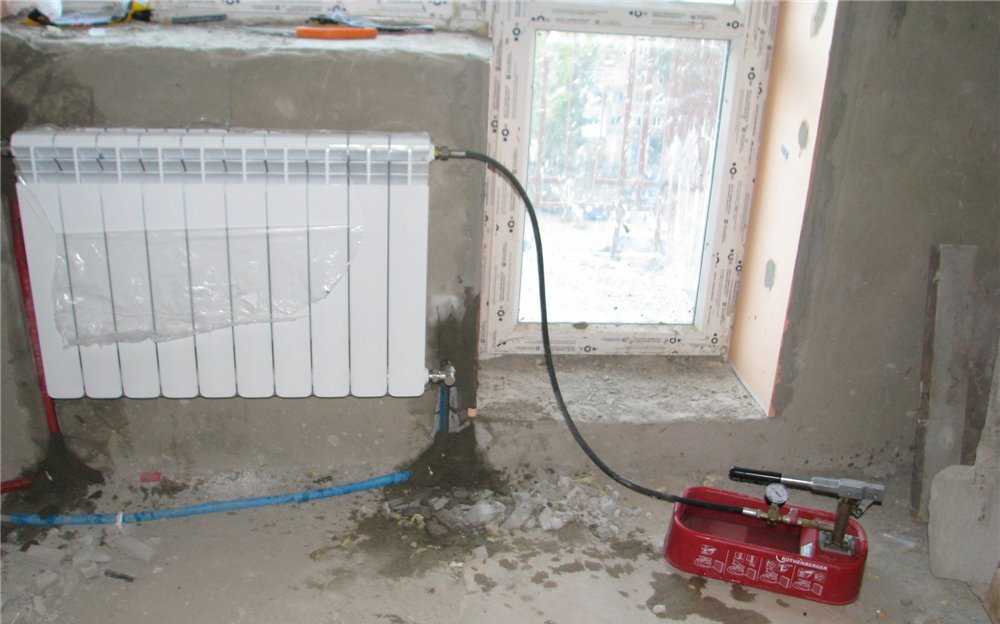
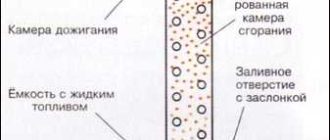
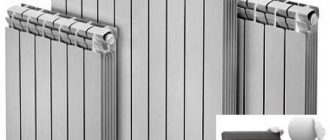
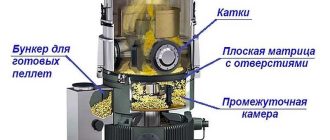
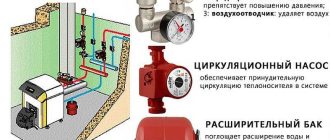
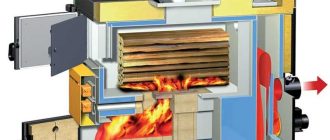
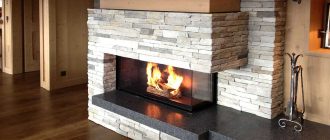
I remember when we did the pressure testing for our new heating system. It was nerve-wracking but super crucial! The peace of mind knowing everything’s sealed tight is worth it. Trust me, don’t skip this step if you want to avoid leaks later. It’s a lifesaver!